Coastal communities on a knife’s edge.
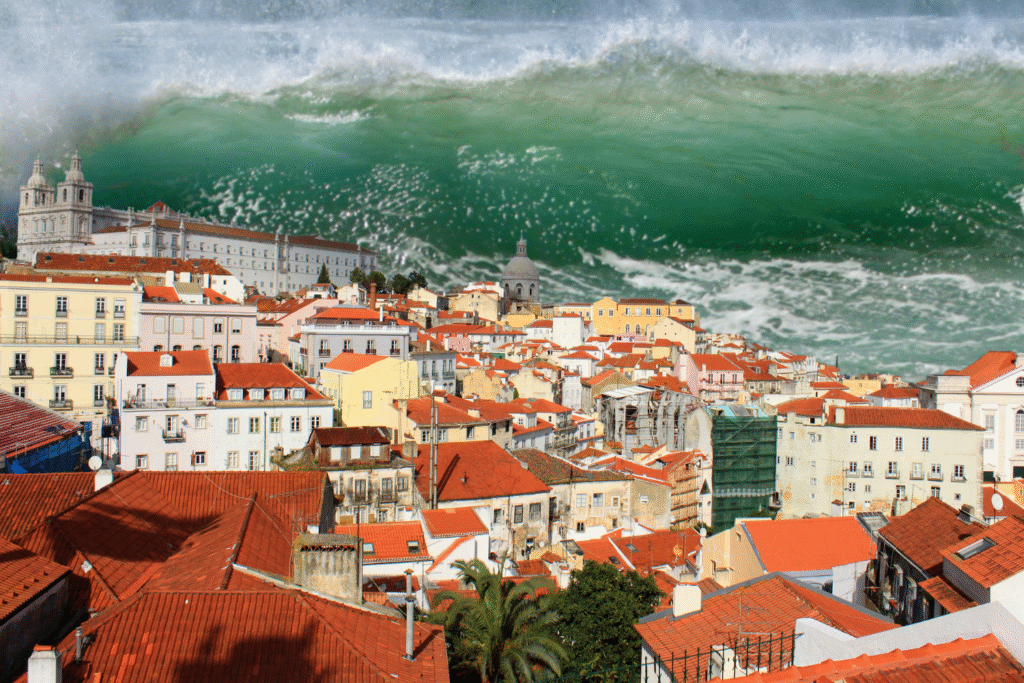
Rising sea levels are no longer a distant warning, they are reshaping coastlines and rewriting maps. Towns once thriving near the water are watching tides inch closer to their doorsteps each year. The crisis is global, touching island nations, delta settlements, and coastal cities alike, where land loss is not theoretical but visible in receding shorelines and saltwater creeping through wells.
This isn’t about future projections anymore. These are real places, with schools, churches, and generations of families already packing up or fighting back. Here are eleven towns on the edge of being reclaimed by the sea.
1. Tebunginako village is being abandoned by tides.
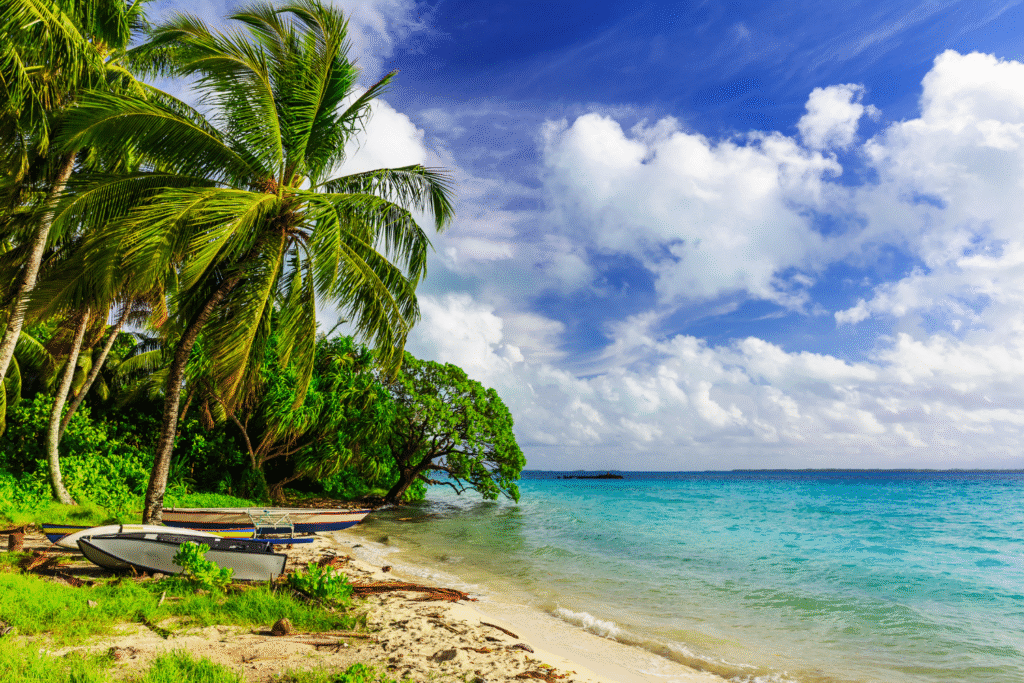
In Abaiang Atoll, Kiribati, the village of Tebunginako has already begun relocating inland as tides swallowed homes and farmland. According to the Kiribati government, coastal instability and rising seas have forced the community to rebuild their lives farther from the ocean. The skeletal remains of old houses now sit offshore, swallowed by advancing saltwater that reshapes their coastline every season.
This relocation isn’t just physical but cultural. Villagers kept the same name for their new inland home to preserve their identity, even as they surrendered their ancestral ground to the Pacific’s unstoppable reach.
2. Lohachara Island has already vanished.
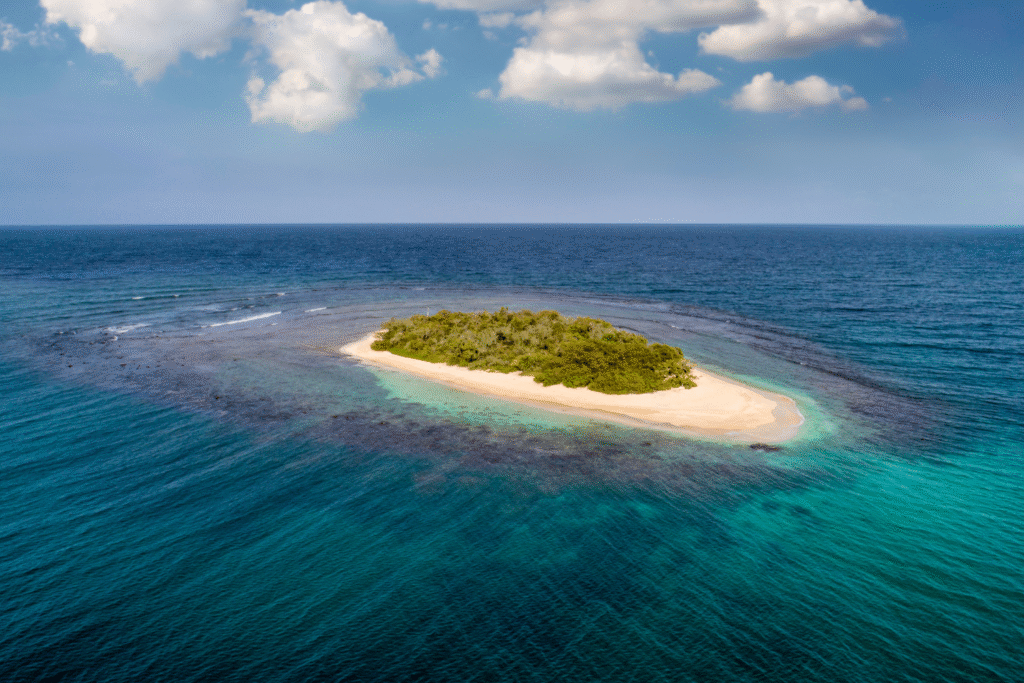
Once home to more than 6,000 residents, Lohachara Island in India’s Sundarbans is now completely underwater. The land disappeared due to erosion and sea level rise, displacing every family who once lived there. Entire livelihoods tied to fishing and farming vanished with it, leaving behind only memories and a name on old maps.
The Indian Geological Survey confirmed Lohachara’s disappearance in the early 2000s, making it one of the first populated islands to be lost entirely to rising seas, as reported by The Guardian. Its story now serves as a warning to coastal communities everywhere.
3. Ghoramara Island is rapidly shrinking.
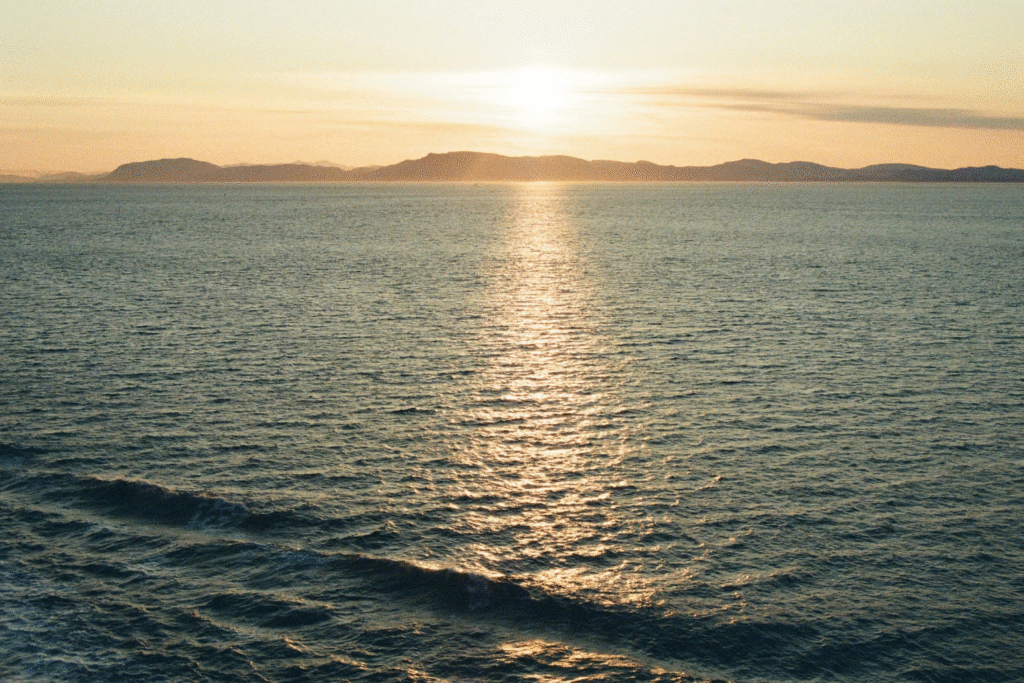
Just a few miles from Lohachara, Ghoramara Island in West Bengal has been steadily losing land for decades. As stated by the National Centre for Sustainable Coastal Management, it has already lost more than half its area since the late twentieth century. The island’s once-thriving villages are now down to a fraction of their former size, with residents migrating inland for survival.
Those who remain live with water edging ever closer to their doorsteps. Each monsoon season redraws their boundaries, turning former rice fields into tidal pools and leaving families to wonder which house will be next.
4. Newtok is succumbing to permafrost erosion and flooding.
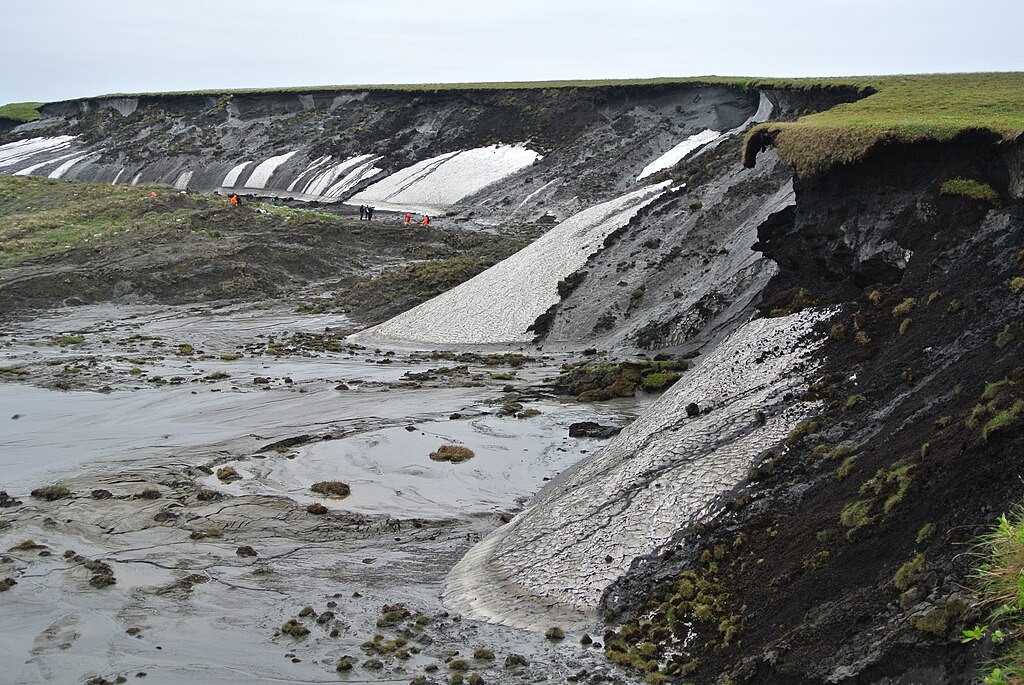
In western Alaska, the village of Newtok is literally sliding into the river that once nourished it. Melting permafrost has turned solid ground into mud, and rising waters now flood the village during storms. Residents have been trying to relocate to higher ground at Mertarvik, but the logistics of moving an entire community have stretched on for years.
Homes lean at odd angles, and walkways buckle under thawing soil. For Newtok, the crisis is both geological and human, a warning of how warming temperatures and sea level rise can work together to erase a town.
5. Kivalina is trapped between sea and ice.
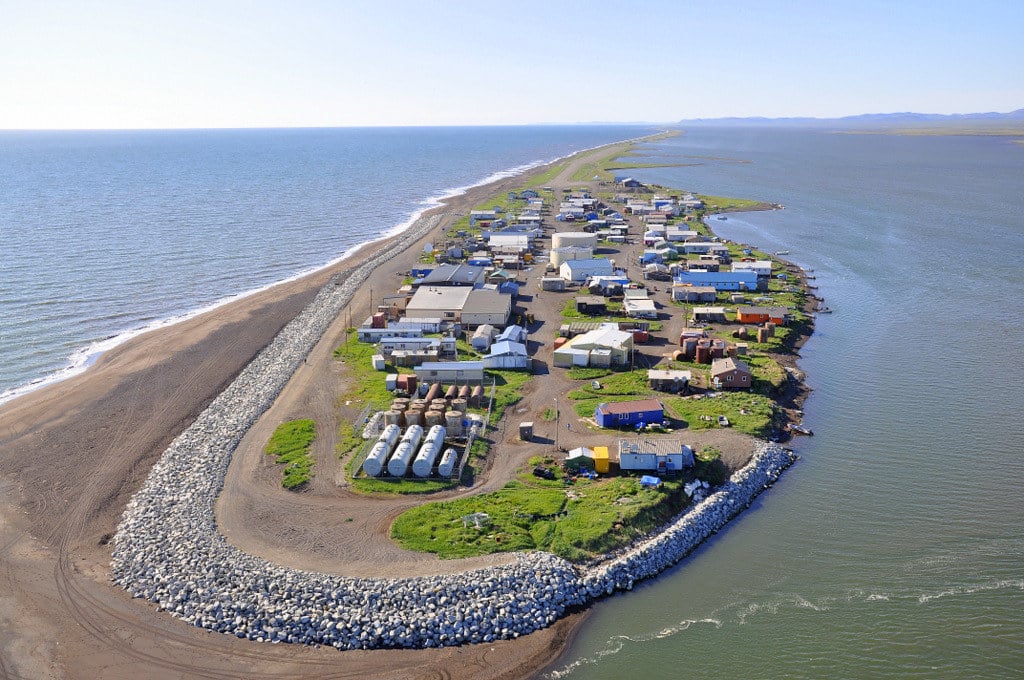
Perched on a narrow barrier island in Alaska, Kivalina faces constant threats from erosion and fierce Arctic storms. With no sea ice buffer to protect it, waves now slam directly into the shoreline, cutting into what little land remains. Residents have fought for decades to relocate, but financial and bureaucratic challenges stall progress.
The community’s elders describe the island shrinking with each passing year. Kivalina’s survival now depends not just on engineering solutions but on the will to preserve a way of life built in balance with the changing Arctic landscape.
6. Shishmaref is losing ground on all sides.
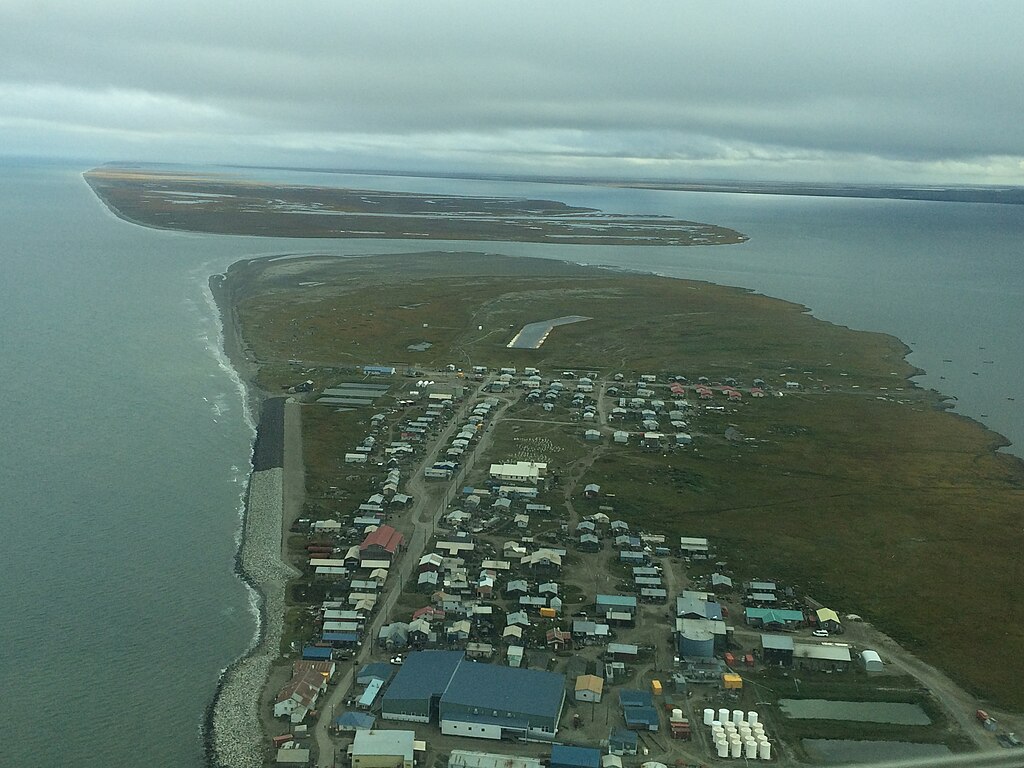
Off Alaska’s northwest coast, Shishmaref has watched its shoreline vanish as permafrost thaws beneath it. The small island stands barely above sea level, leaving it exposed to every storm surge. Decades of studies have documented its rapid erosion, but full relocation remains elusive despite community votes and government promises.
Each year, homes are moved back from the crumbling coast, bought time but not salvation. Shishmaref’s plight captures the emotional cost of climate change — when leaving isn’t about escape, but about losing ancestral ground.
7. Fairbourne may need managed abandonment by 2055.
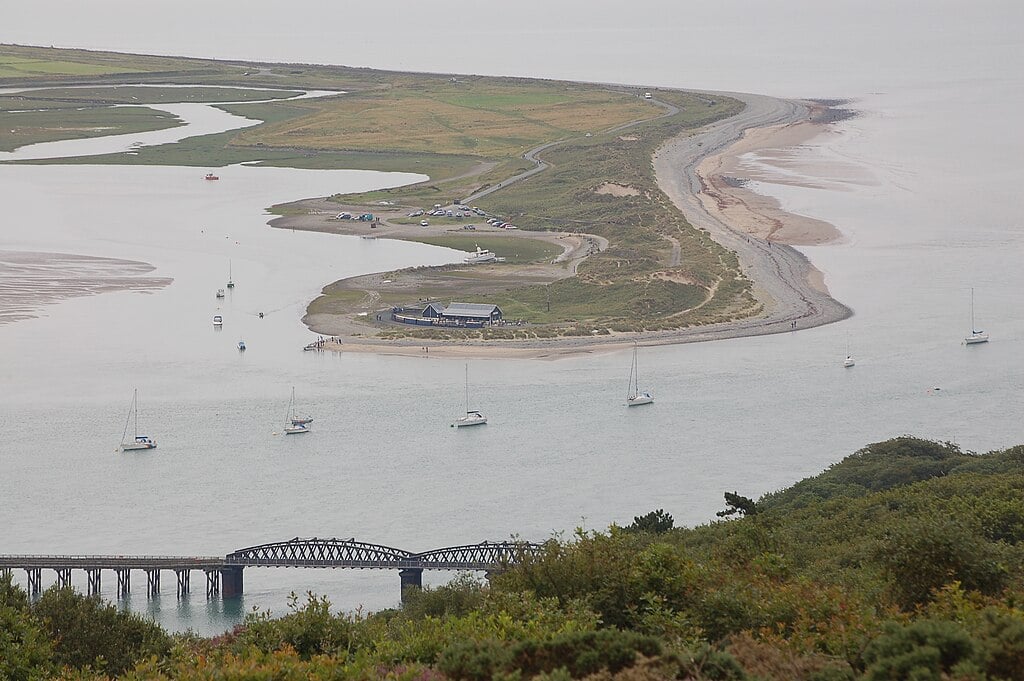
On the Welsh coast, the town of Fairbourne has been told its defenses can’t last forever. Flooding and saltwater intrusion have worsened as tides rise, and local councils have projected that maintaining sea walls beyond 2055 will be impractical. The news struck residents as both shocking and unfair.
Many have lived there for generations, yet now face the label of “climate refugees.” Their streets may still look peaceful, but high tides are edging closer each year, and insurance costs already hint at an irreversible future.
8. Saint-Louis could be submerged by 2080.
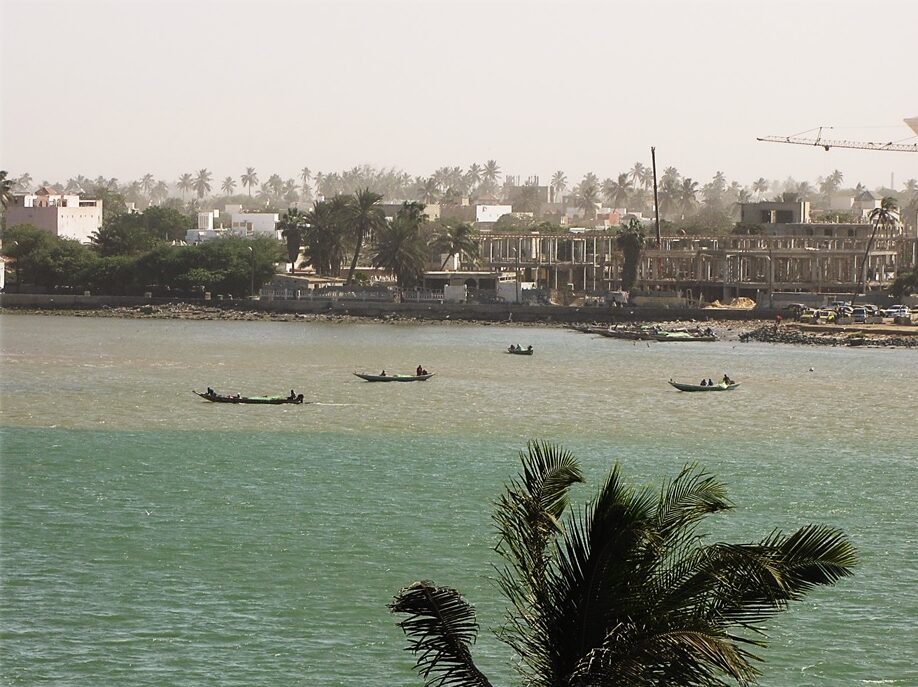
In Senegal, Saint-Louis sits at the mouth of the Senegal River, where rising seas and river floods converge. The city’s low elevation and coastal erosion have turned each storm season into a battle against water. Streets that once bustled with trade now flood so frequently that sandbags have become part of the scenery.
Architects warn that by 2080, most of Saint-Louis could be underwater if current trends persist. Still, families remain, holding onto their homes, hoping government projects can buy them more time against the Atlantic’s encroachment.
9. North Wildwood is losing its beach frontage.
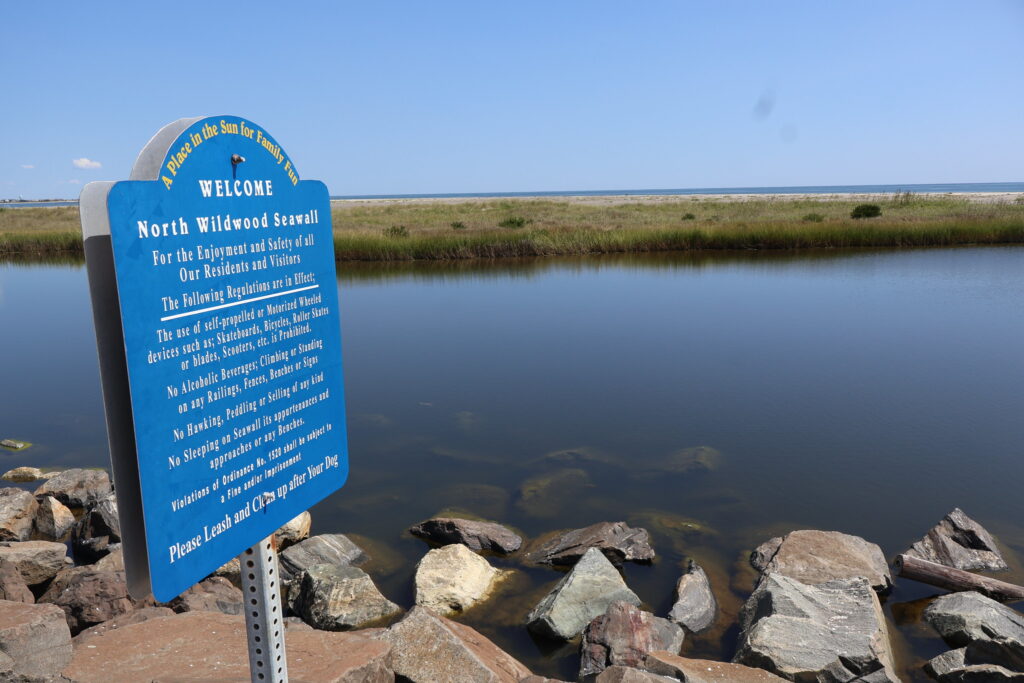
In New Jersey, North Wildwood has become a frontline for Atlantic erosion. Its dunes shrink every year, while storms tear away sand faster than replenishment projects can replace it. Protective bulkheads now line parts of the shore, but even those are cracking under stress.
Tourism, the town’s economic lifeline, depends on beaches that are slowly disappearing. Residents speak of a future where the sea wall becomes the new coastline, and beachfront homes lose their namesake view entirely.
10. Alexandria’s El Max is sinking under pressure.
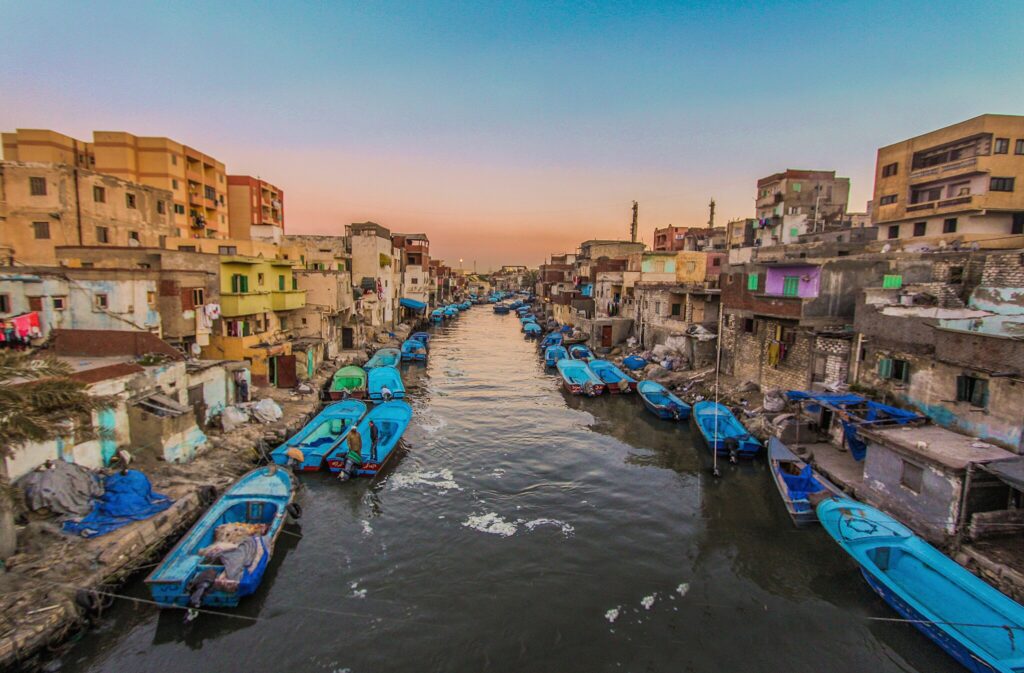
In Egypt’s Nile Delta, the El Max neighborhood near Alexandria faces compounding threats from both sea rise and subsiding land. Coastal engineers warn that much of the delta could disappear under the Mediterranean within decades without massive intervention. Low-lying streets now flood even in mild storms, and saltwater seeps into pipes and basements.
The city’s defenses were never built for this scale of change. As the ground sinks and the sea advances, El Max embodies a slow, steady loss that mirrors the fate of deltas around the world.
11. Galveston is sinking and flooding more often.
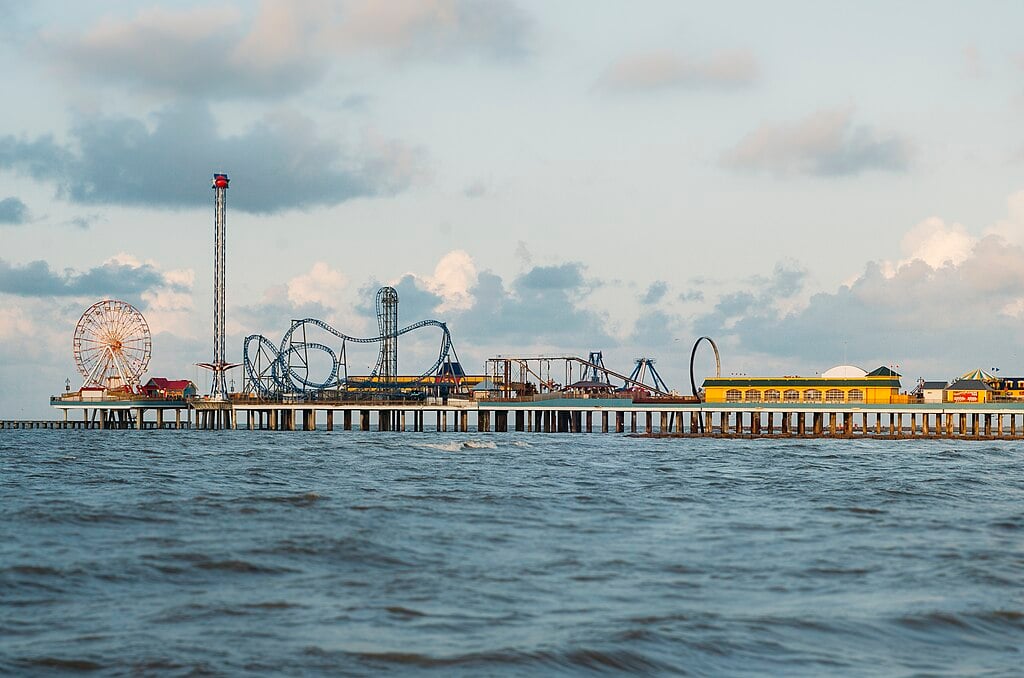
Galveston, Texas, is dealing with both natural subsidence and global sea rise. Scientists have recorded the city sinking by more than four millimeters per year, worsening already frequent flooding. Neighborhoods that once flooded during hurricanes now see water pooling during ordinary high tides.
Residents have adapted with raised homes and improved levees, but these are temporary solutions. As the Gulf pushes higher each year, Galveston stands as one of America’s most vulnerable coastal cities, balancing its proud history against an increasingly unpredictable sea.
